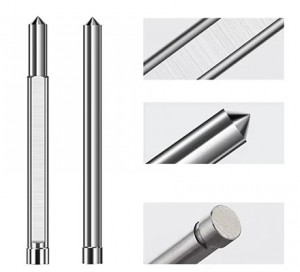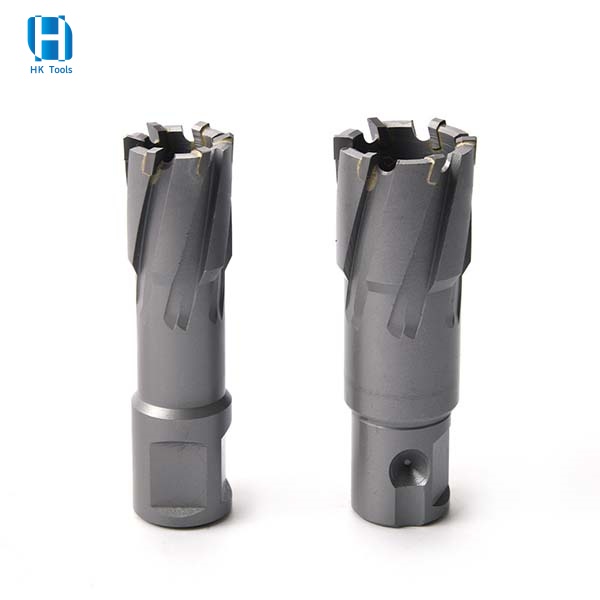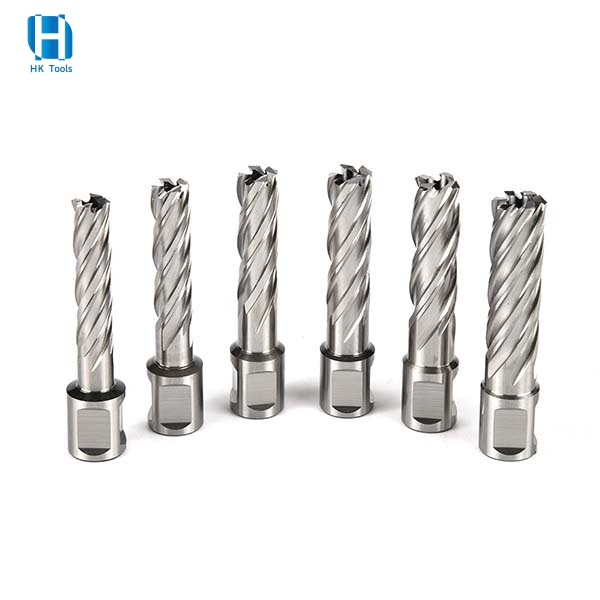Understanding the Function of the Pilot Pin in Annular Cutters
In steel plate drilling, annular cutters--also known as broach cutters or core drills—are widely used for their efficiency and precision. A key component of the annular cutter system is the pilot pin, also referred to as the center pin or ejector pin. Though small in size, the pilot pin plays several critical roles in the drilling process.

Main Functions of the Pilot Pin
1.Positioning and Centering
Before the cutter engages the workpiece, the pilot pin helps accurately locate the center point of the hole. This ensures precise positioning, especially when drilling without pre-marked guide holes. It improves alignment and reduces the chance of the cutter wandering on curved or smooth surfaces.
2.Lubricant Delivery
In many magnetic drilling machines, cutting fluid or coolant is fed through the pilot pin channel. This targeted delivery ensures efficient cooling and lubrication directly at the cutting edge, prolonging tool life and improving cut quality.
3.Ejecting the Slug
One of the most important functions of the pilot pin is to eject the core slug after drilling. As the cutter breaks through the material, the pilot pin—powered by a spring inside the arbor—pushes the slug out from the center of the cutter. This automatic ejection helps prevent clogging and allows for smooth, continuous operation.
4.Safety Enhancement
The pilot pin also acts as a safety indicator. During downward feed, the pin retracts into the cutter, signaling that the tool has contacted the material. This feedback can help prevent dry starts, protect the cutter, and alert the operator if the setup is incorrect.
Conclusion
The pilot pin is an essential accessory in steel plate drilling with annular cutters. It enhances accuracy, efficiency, and safety, while also simplifying the ejection of metal slugs. For optimal performance, it's important to select the correct pin size and ensure it is properly maintained along with the cutter.
Post time: Jun-27-2025












